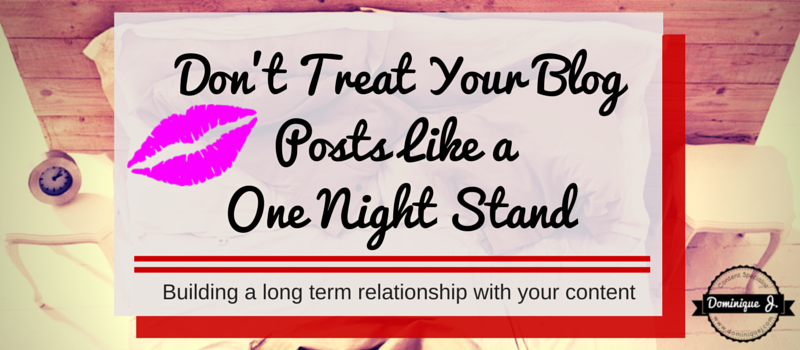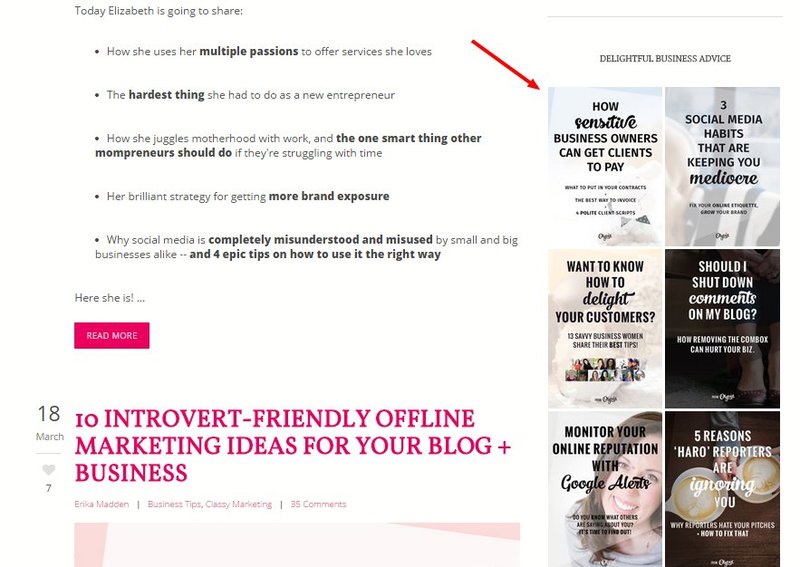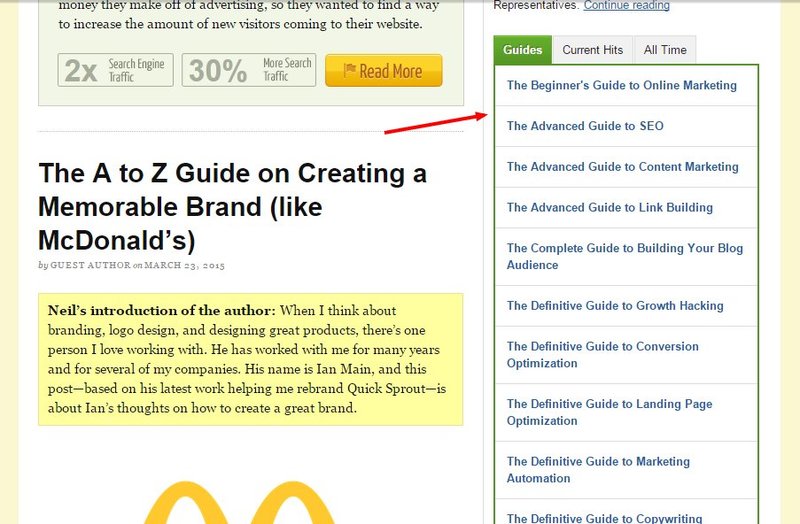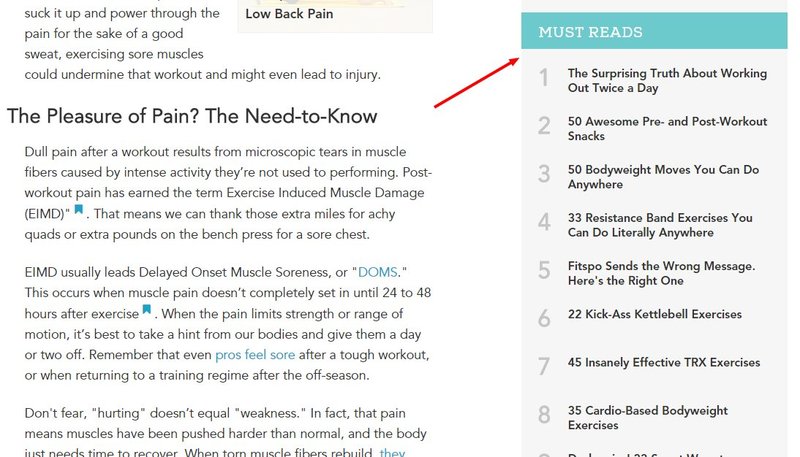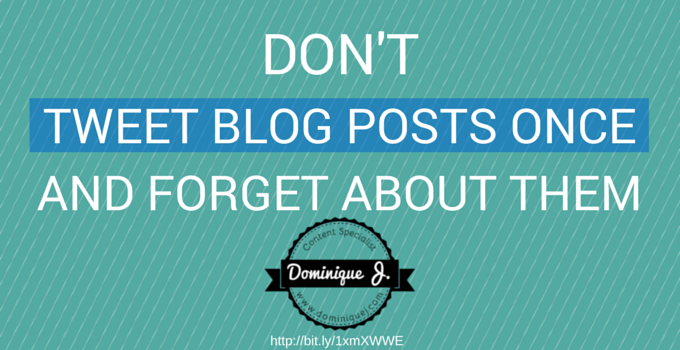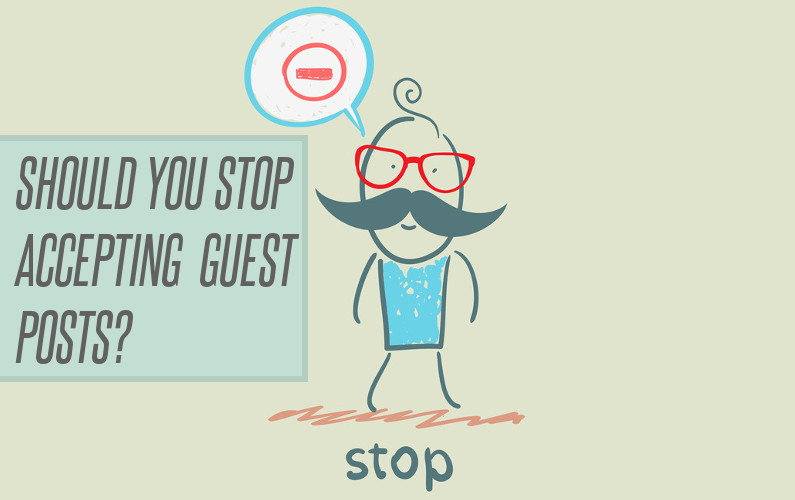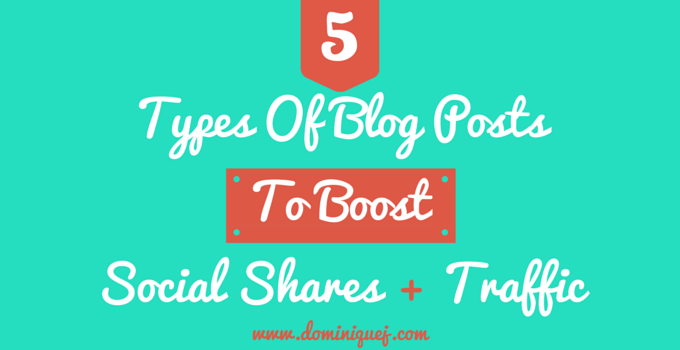It’s 11:35 PM. You’ve just put in over an hour of work creating a blog post. You feel good about it. You hit publish, send out one tweet or Facebook post to “promote” the article, and then POOF! You never go back to it again. You just move onto the next one and repeat the process. Just like a one-night stand….
Way too often, that’s the cycle that bloggers, businesses, and marketers fall into. The end result is a bunch of posts that never end up being read. Even if your content is mind-blowingly amazing, if all you do is hit publish and share it on social media once, your content won’t be anywhere near as successful as it could be.
Build A Long Term Relationship With Your Content
I can’t speak for your love life, but when it comes to blogging, you need to have a long term relationship with your posts, especially if you’re just starting out. When you first start adding new posts to your blog, you won’t have an audience in most cases. That means that people aren’t seeing the the amazing content you just spent hours creating, even if it’s better than your competitor’s.
When you’re treating your posts like one-night stands, all of the content that you made when you first started adding new blog posts to your site will probably never get the attention it deserves, unless you do something about it.
Stop thinking of blog posts as tasks that you check off of a list. Instead, think of blog posts as valuable assets or products that you’re offering. In order to get more eyes on your products, you have to tell people about them.
When Pizza Hut puts out a new pretzel-crust pizza, or other mouthwatering goodness, they don’t just post to Facebook once and just hope everyone saw it. They make sure you hear about it for weeks or months!
Pretzel Stuffed Crust is real. And it’s spectacular. pic.twitter.com/yr0AqjpUDC
— Pizza Hut (@pizzahut) January 3, 2015
Your favorite stuffed crust now with 10 new crust finishers to flavor it up. Salted pretzel, anyone? pic.twitter.com/GrPRqQy3fx — Pizza Hut (@pizzahut) March 10, 2015
Salted Pretzel Stuffed Crust. Behold. pic.twitter.com/3ITC9IH0aY
— Pizza Hut (@pizzahut) March 15, 2015
And it’s not just Twitter, they mention it on their website, post about it on Facebook, show commercials, and anywhere else people are looking. You might not have the money to buy commercial or radio time, but there are a ton of ways to promote your posts after you’ve published them.
Link To Posts On Your Sidebar
Did you write an epic guide that’s evergreen? Don’t let it get lost deep down in your archives. Instead of filling your sidebar up with ads and random badges, add eye-catching graphics linked to some of your best posts like Olyvia.co.
Or you could take an approach similar to Neil Patel, Greatist, and other sites that have a list of some of their most popular/epic posts on their sidebars.
Quicksprout Sidebar
Greatist Sidebar
Not only does this keep your blog posts alive, but it encourages people to stay on your site longer!
Share It On Social Media Consistently
This is a big one, and something that can really be a game changer. Like I said in the beginning, most of us have an awful habit of only sharing our posts to social media one time — when we publish it. Some might post it a few times the first day it’s published, but nothing beyond that. Can you say missed opportunity?
If you take nothing else from this post, remember this, don’t just share your blog posts on social media once and never again! There are a few reasons why only sharing your posts one time on social media is a bad strategy:
- Most people won’t see it
- It will be shared less
- You can’t test different headlines/messages to see what’s most effective
Here’s a better approach to sharing your posts to social media.
- Get a social media sharing tool like Sprout Social .
- Create 5-10 different headlines to use to share your blog post. Hopefully you’ve followed my advice and you’re focusing on just one social network.
- Schedule those messages out throughout the week or month at different times.
With this strategy:
- You save time by scheduling posts ahead of time
- You get a variety of headlines/messages to use so that every social media share doesn’t have the exact same wording
- You’re posting at different times so you have a better chance of people actually seeing the post
If your site uses WordPress, then another good option is to use a plugin like WordPress Revive Old Posts that will automatically tweet out links to your older posts on a scheduled basis.
[Tweet “Don’t just share your blog posts on social media once and never again!”]
Repurpose Old Posts
Content repurposing is something I’ve talked about before, and for good reason, it works. You can take some of your older posts, repurpose them into a slideshow, podcast, video, infographic, or other types of content. I did this with my post about Twitter Marketing Mistakes by turning the content into an infographic.
Go through some of your older posts and see which ones can be re-worked into a new type of content. This is a great strategy because it adds variety to the content you’re putting out. Some people may not enjoy reading monster 4,000 word blog posts, but if you can condense it into an infographic or even a short video, they make be more likely to consume it.
Create A Sequel
Movie sequels may suck, but people tend to gravitate to follow up blog posts. A great example of this is this article from Viperchill about the trend of “hook” headlines used by sites like Viral Nova. You know the ones that are along the lines of “These 14 Disturbing Facts Will Forever Ruin Some Of The Cutest Animals For You”. The post went pretty viral, urging the site’s owner Glen to create a follow up post.
Making follow ups or sequels to posts is great because they force readers to go back and check out part one, before looking at part two. Who’s going to go watch Ted 2 if they never saw the first one?
But before you haul off and start making a part two to every post you’ve ever done, make sure that your follow up post will be valuable and add to the conversation. Don’t just make an additional post just for the heck of it. Glen had success because there was a reason for the follow up article. His audience was asking for it, and there was information that could be added.
In your follow up post, give a very brief synopsis of what you talked about in part one, but urge the reader to go and read the original post. For instance, “In order to fully grasp what you’re about to read, I highly suggest going back and reading part one”. More often than not, the reader is going to go back and read the first post after that.
Let’s End The One-Night Stands With Our Blog Posts
It’s time to put one-night stands to bed (with your blog posts at least). When you’re working hard to create great content for your audience, why wouldn’t you want to get the most eyes on it as possible? The next time you hit publish on a blog post, don’t sneak off into the darkness never to be heard from again. Stay a little while and build a relationship with your blog posts, and you’ll get A LOT more from them!

